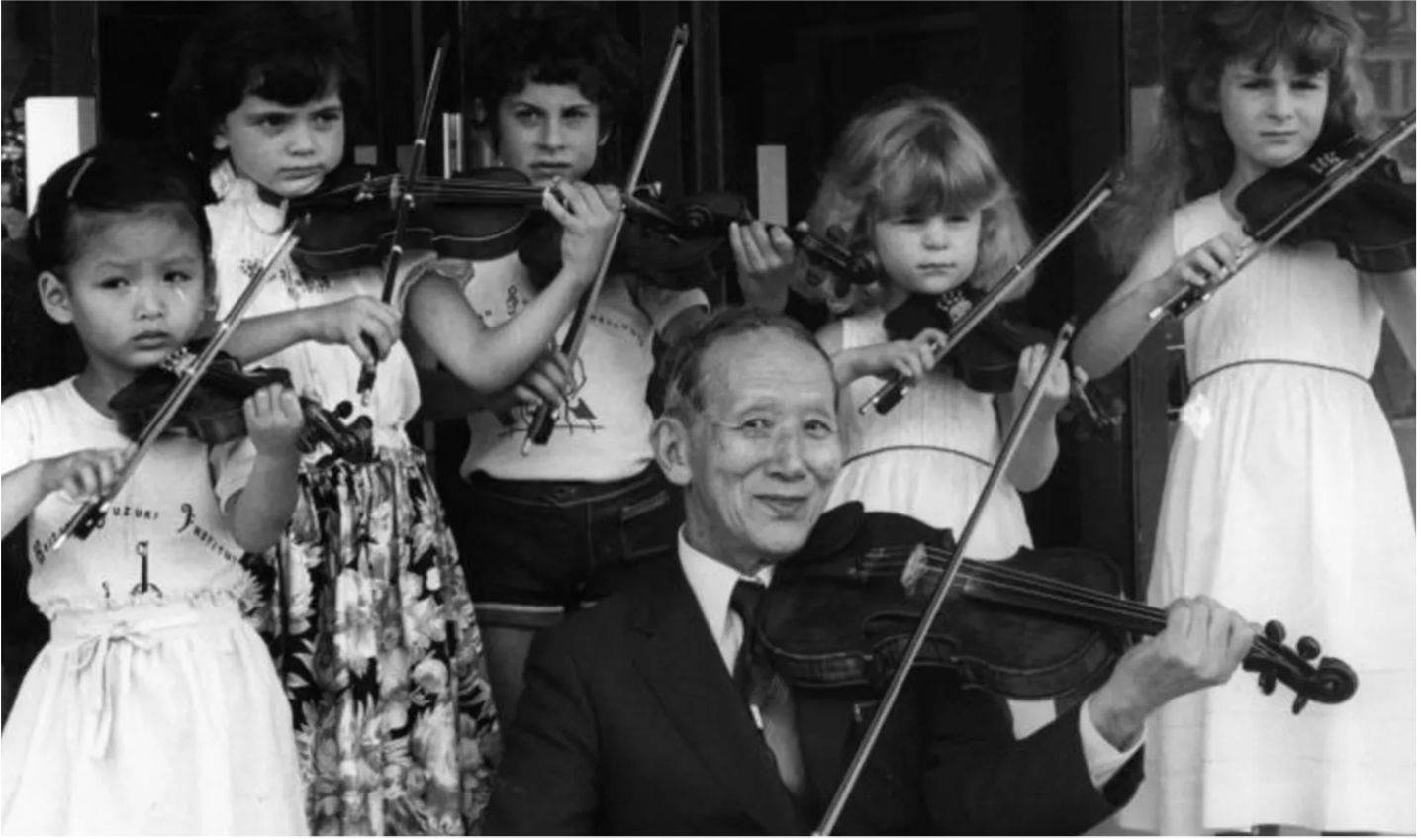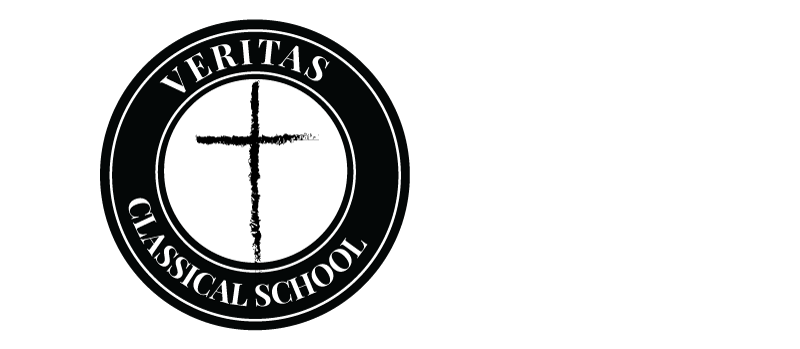KENNEDY WEEKS MUSIC STUDIO
Kennedy Weeks 301-616-7744 kennedyweeks@hotmail.com
Hello! My name is Kennedy! I am so excited that you are considering violin lessons. My parents started me in violin lessons when I was about eleven years old. I was taught using the Suzuki Method of teaching which is what I use as a base when teaching others as well. I have completed Suzuki violin books one and two. These books are the ones I stick with when teaching others; however, I will often include other songs or books to keep my students engaged and to grow their skills in the violin. I began giving lessons to only a few students in 2018. Since providing violin lessons, I have given lessons to students ranging in the ages of 3-16 years old. My love of violin continues to grow as I give violin lessons to others.
Offering the following:
- Private lessons: $15 for a thirty-minute lesson.
- Group lessons (once students have been taking private lessons, and I feel they are able to join a group): $10 per student for one hour. Group lessons are not required, but they are encouraged.
- Recitals: There will be an end of the year recital. A Christmas recital may be offered depending on how well students are progressing.
Everything you need to know should be included in this packet, but if you have any other questions, please call, text, or email me with the contact information provided!
What is the Suzuki Method?
The Suzuki Method was founded by Dr. Shinichi Suzuki in Japan in 1942 and brought to the United States in 1964. Since then, it has become the most widely used method for teaching children of all ages to play stringed instruments. Suzuki realized that children all over the world learn to speak their native language with ease. He began to apply the basic principles of language acquisition to the learning of music and called his method the mother-tongue approach. Here are some of the special features of the Suzuki approach:
Parent Involvement: Just as a child learns to talk, parents are involved in the musical learning of their child. They attend lessons with the child and serve as “home teachers” during the week.
Early Beginnings: The early years are crucial for developing mental processes and muscle coordination. Listening to music should begin at birth. Formal training may begin at the age of three or four, but it is never too late to begin!
Listening: Children learn words after hearing them spoken hundreds of times by others. Listening to music everyday is important, especially listening to pieces in the Suzuki repertoire so the child knows them immediately.
Repetition: Constant repetition is essential in learning to play an instrument. Children do not learn a word or piece of music and then discard it. They add it to their vocabulary or repertoire, gradually using it in new, more sophisticated ways.
Encouragement: As with language, the child’s effort to learn an instrument should be met with sincere praise and encouragement. Each child learns at his/her own rate, building on small steps so that each one can be mastered. Children are also encouraged to support each other’s efforts, fostering an attitude of generosity and corporation.
Learning with Other Children: In addition to private lessons, children participate in regular group lessons and performances, at which they learn from and are motivated by each other.
Delayed Reading: Children learn to read after their ability to talk has been well established. Reading music is done in the similar way. Once they learn songs, they will later on learn how to read music.

1980: Dr Shinichi Suzuki and some young violinists demonstrate the Suzuki technique.
The Suzuki Method teaches that talent is not inborn. It is believed that every child can develop the skills necessary to play a musical instrument if taught in a loving, nurturing environment. Suzuki said, “The potential of every child is unlimited.” He believed that “the main concern for parents should be to bring up their children as noble human beings… Children can play very well. We must try to make them splendid in mind and heart also.”
PARENT ROLE:
- Arrive 5-10 minutes early so that we can start promptly.When your child gets to his/her lesson, immediately have your child remove his/her violin from its case and have it ready to play. This includes checking tuning (if able), tightening the violin bow, applying rosin to bow, and having the shoulder rest on the violin. (Go to the back or to another room if you are afraid that you will interrupt the lesson that is going on currently.) Once it is ready to play, sit quietly and wait your turn wherever seating is provided, listening respectfully to the student that is currently in a lesson. All students are to do this. This helps students get used to playing in front of others for upcoming recitals and also helps in learning to stay focused when playing around distractions.
- Attend the violin lessons (especially if your child is younger). Keep in the background. Children have trouble learning from two teachers at once. You are the at-home teacher. Encourage your child to ask questions throughout the lesson and ask questions yourself.
- Help your child recall the lesson. This begins in the car on the way home from the lesson. Bring a notebook and TAKE NOTES during the lesson to encourage your child to remember what they need to work on during the practice week.
- See that your violin and violin bow are in good condition and have the ability to be played effectively. These are things I will gladly help with, but please keep in mind, it may take up part of your child’s lesson time. Having these things looked at before lessons gives your child more playing time. Here are some of the elements to look for:
– Good horsehair that is tightened at the proper tension.
– Good rosin that should be applied regularly
– Good strings
– Properly tuned violin
- Be responsible for getting practice started, as well as helping your child learn how to practice.Do not blame your child for not remembering to practice. Practice with your child until he/she can work effectively on their own. Two or more short practice sessions a day are far better than one long one. Five minutes once a day is better than no practice at all. PRACTICE is important if you want your child to succeed musically in the violin.
- Be responsible for playing the current Suzuki Violin CD DAILY, helping to establish the healthy habit of it. Listening does not have to be active; it can be done while eating breakfast, during bedtime, during car rides, during chores, or perhaps playtime.
- Become accustomed to repetition of the CD and repetition of practicing.Be mindful to not make comments of boredom at the repetitive nature. Instead, with each repetition find something to improve or find a positive aspect to comment on. Your focus should not be how good they play the instrument, but instead directing the focus on their love of music through the violin.
- Do not be afraid to play the violin yourself at home. Keep growing musically! It is good for your relationship with your child as it boosts their confidence and encourages them when they see you make mistakes and learn, too. When they see your curiosity, it makes them more intrigued. Curiosity is contagious! They get a sense that you are in it together, and it can be a bonding experience. It also gives you, the parent, a better appreciation for the violin when you see your child learning to play.
- Avoid discouragement. Google violin practicing ideas that could be implemented for encouragement. Keep inventing new challenges during practice. Talk with other parents and share ideas and concerns. Experiment with ideas from other parents. Remember, not everything works for everyone. Find what works for you and your child!
- See that your child attends all lessons when able and all recitals.Avoid making comparisons between your child and others. Teach your children to be happy for others who may be more advanced in the violin. Let those students be an encouragement and a motivation to your child.
MATERIALS NEEDED FOR NEW VIOLINISTS:
Violin: You must provide the violin whether you purchase or rent. I do not provide violins in either of these ways. Please note, younger children do not necessarily have to have a violin for the first lesson. I typically start them out using a pretend violin (which I will provide). However, please provide a violin as soon as possible. I will gladly help you in choosing the proper violin size for your child. Here are some sizing guidelines to use when choosing the proper violin size:
- If you already have different sized violins, have the child hold the violins in play position with his/her left hand extended.If he/she is able to grab the scroll with the fingers wrapped comfortably around it and has his/her arm dropping down slightly, he/she is ready for that size violin.
- Without instruments available to compare, have your child hold his/her left arm fully extended with his/her palm up.Take a yardstick or measuring tape and measure from the base of the neck to the middle of their palm. From the measurements, you will determine what size your child will need. Compare with the size chart below:
Music Book: You must provide the book. I have my students start out with the Suzuki Violin School, Volume 1. I recommend the book with the CD included. Listening is important! I purchased my books through Amazon.com. If you need a link, I will gladly send it to you!
Other materials include: A violin bow, rosin, and shoulder rest should be included with your violin. If you happen not to have these items, please reach out to me and I will gladly give recommendations. A notebook and pencil for taking notes throughout the lesson is also needed.
POLICIES:
Payment: Acceptable forms of payment include CASH and CHECK made out to Kennedy Weeks. If checks are returned (the bank does not honor it), there will be a $36 fee. Payment is due bi-weekly prior to lessons. Each private lesson is $15 and each group lesson per student is $10.
Missed days/lessons: I understand there may be days that you may have to miss due to vacation, sickness, or even a family emergency. I do not offer make-up lessons, but instead allow you FOUR days to be missed at no charge. After the four missed lessons have been reached, you will be charged the full amount for every lesson not attended after that. In order for a missed day to count, you must contact me and let me know ahead of time that you will not be attending the lesson. A 24-hour notice of a cancellation would be appreciated, but I understand that sickness and emergencies can be unexpected and last minute. You still must contact me to let me know that you will not be attending. If a no-show would occur, you will be charged the full amount of the lesson.
Lesson procedure: For young students (typically ages 10 and younger), parents must attend the lesson. It is highly encouraged for parents to attend regardless of age, but that is up to the discretion of the parent. You know your child’s level of independence and responsibility. Parents are the at-home teacher and should sit in during the lesson to take notes and listen so that they know how to help their child practice. Parental involvement is essential! Please note, if siblings must attend the lessons, they should not be a distraction. Therefore, they should only bring activities that are quiet such as a book, schoolwork, or a noiseless toy.

